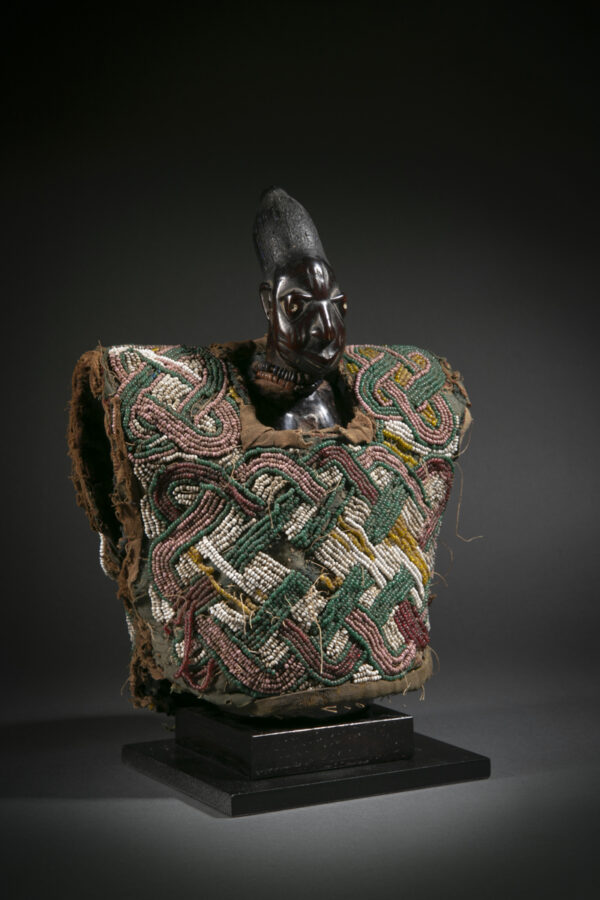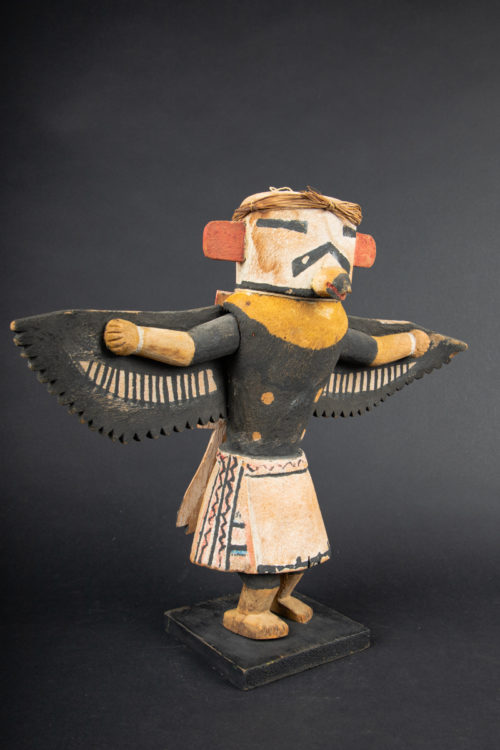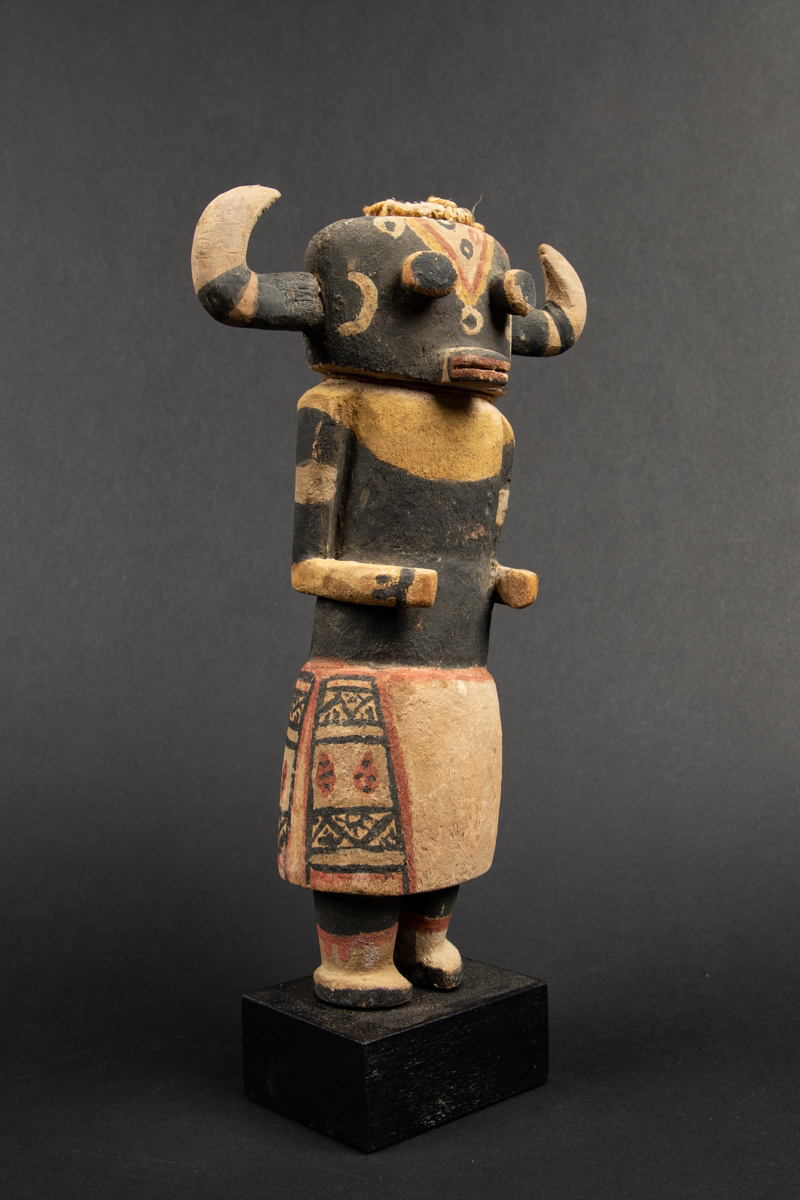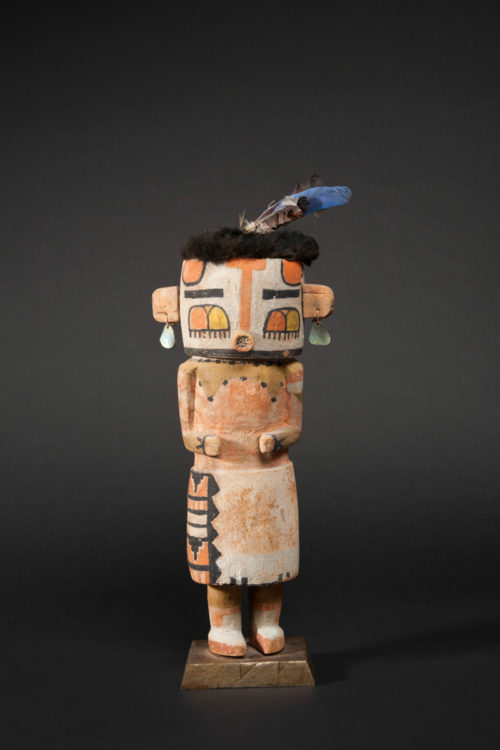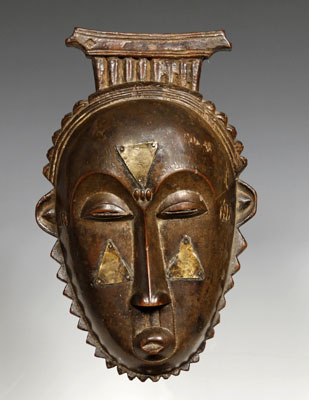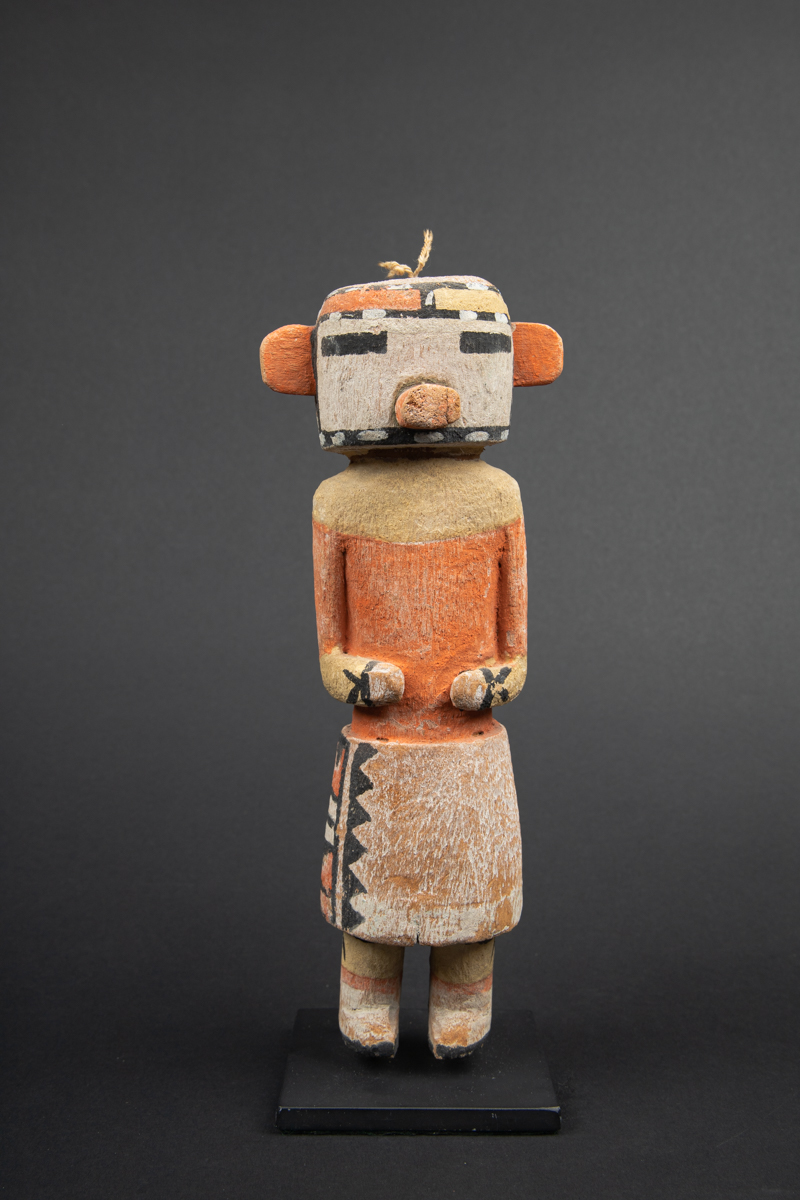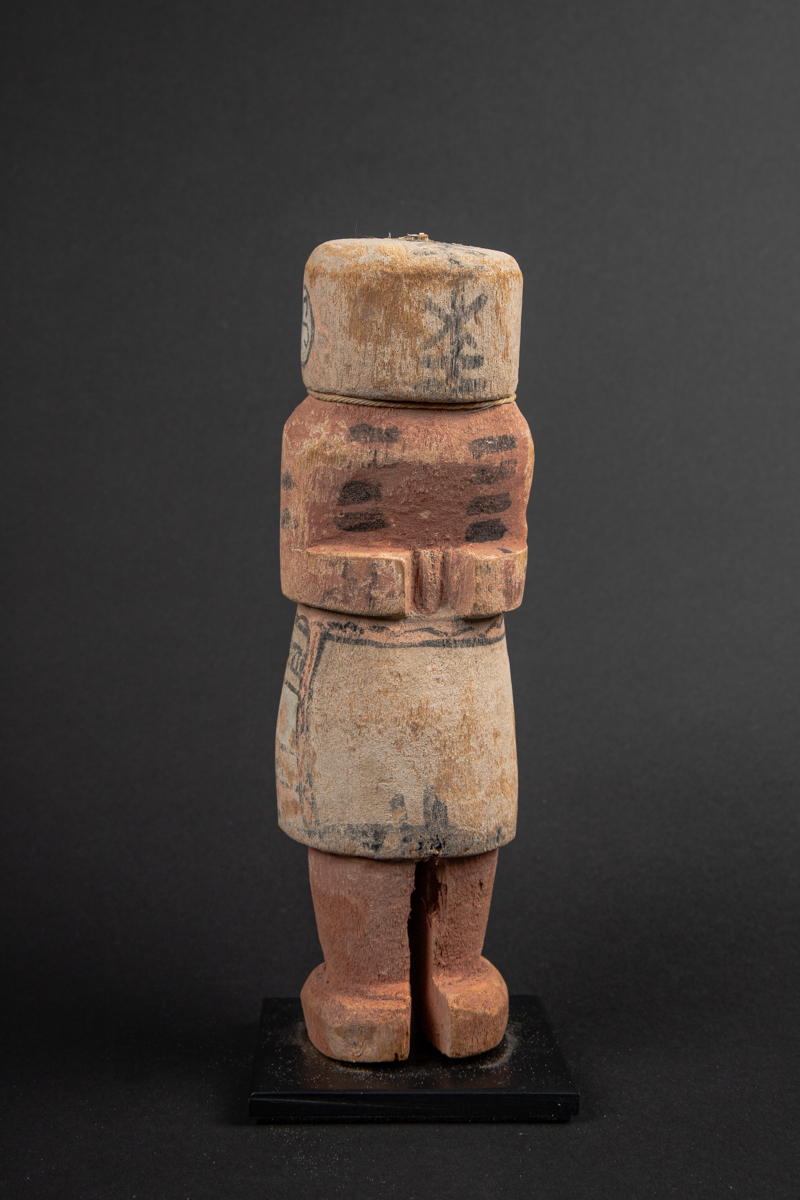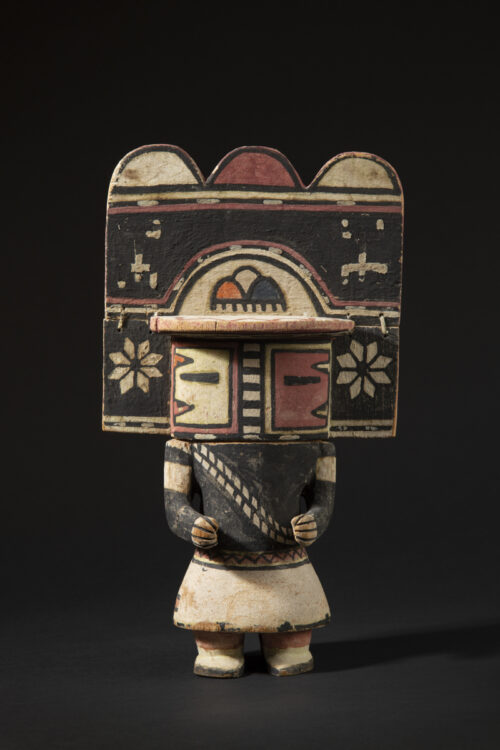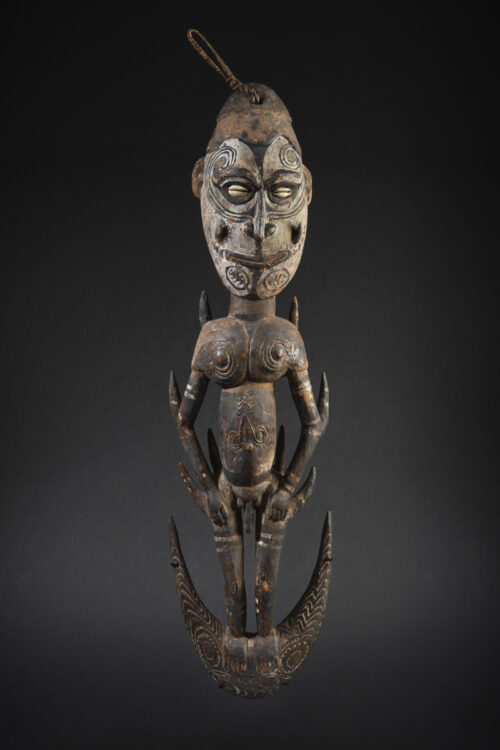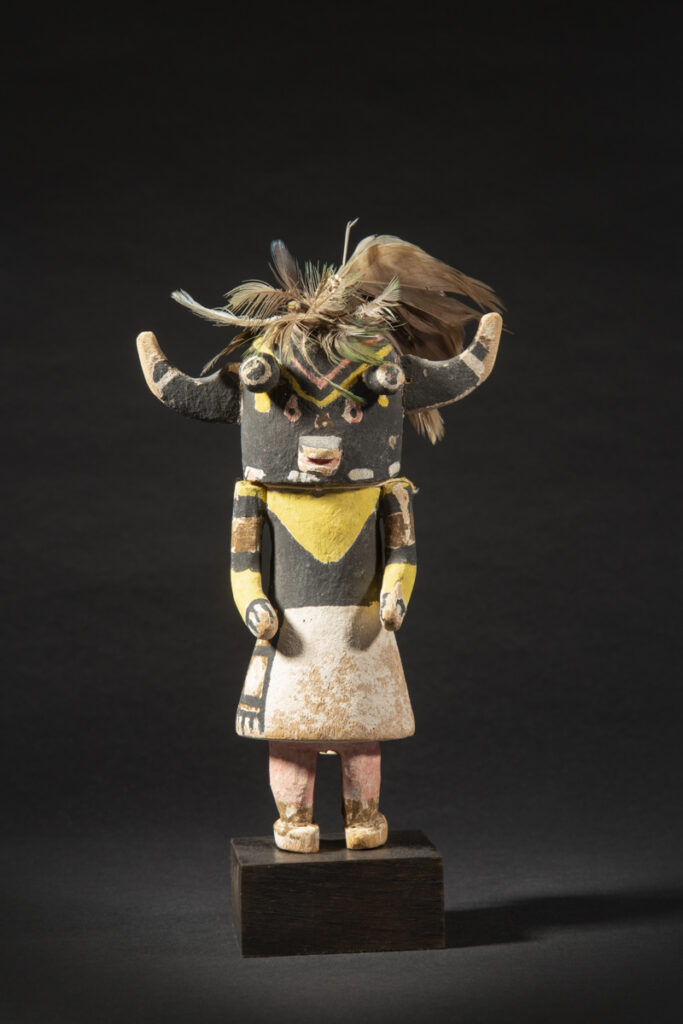Archives | Nigeria
Ibeji
Yoruba
Nigeria
Ere Ibeji twin figure
Omu Aran style
Igbomina area
Carved wood, pigments and beads
Early 20th century
Height: 11 in. (28 cm)
Ex collection Samir Borro, Brussels
Ex collection Marceau Rivière, Paris, acquired circa 1972
Exhibited
Image de la Femme dans l’Art Africain,
Château de Tours, 21 Oct. – 3 Dec. 2000
Musée municipal du Château, Saint-Jean, Nogent-le-Rotrou,
9 Dec. 2000 – 29 Jan. 2001
Published
Image de la Femme dans l’Art Africain,
Joubert, Félix & Rivière, 2000, n° 54
Sold
The statuettes linked to twin worship, are called ere ibeji in the Yoruba language: ere signifying a sacred image, ibi born and eji a double. Symbols of prestige, wealth and fecundity, ere ibeji figures also guaranteed the perpetuation of future generations. These
effigies of ancestors were an integral part of everyday activities, punctuating the family life of the Yoruba.
Subject to very codified rituals, ere ibeji figures were pampered, with their care including feeding, washing and oiling.
They were considered to be living beings, a reincarnation of ancestor-twins. Representations always showed them at the peak of their strength and power in adulthood.
effigies of ancestors were an integral part of everyday activities, punctuating the family life of the Yoruba.
Subject to very codified rituals, ere ibeji figures were pampered, with their care including feeding, washing and oiling.
They were considered to be living beings, a reincarnation of ancestor-twins. Representations always showed them at the peak of their strength and power in adulthood.
Explore the entire collection







